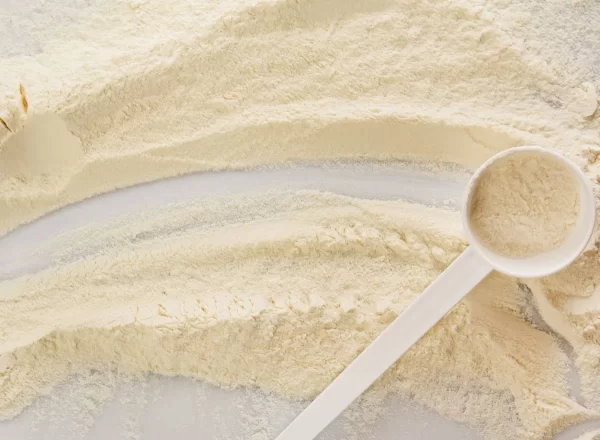
The Soy Protein Isolation Process
1. Soybean Preparation
The first step in soy protein isolation is the preparation of soybeans. This involves cleaning, dehulling, and conditioning the soybeans to ensure they are free from impurities and have the optimal moisture content for processing.
2. Extraction
The extraction process involves separating the protein from the other components of the soybean, such as carbohydrates, fats, and fibers. This is typically achieved through a series of steps:
Grinding: The soybeans are ground into a fine powder to increase the surface area for extraction.
Solubilization: The ground soybeans are mixed with water and an alkaline solution (usually sodium hydroxide) to solubilize the proteins.
Separation: The solubilized protein is separated from the insoluble components (such as fibers and carbohydrates) through centrifugation or filtration.
3. Precipitation
After extraction, the solubilized protein is precipitated by adjusting the pH to the isoelectric point of soy protein (around pH 4.5). This causes the protein to become insoluble and form a curd, which can be separated from the liquid (whey) through centrifugation or filtration.
4. Washing and Neutralization
The precipitated protein curd is washed to remove any remaining impurities and then neutralized by adjusting the pH back to a neutral or slightly alkaline level. This step is crucial for improving the functional properties of the final protein product.
5. Drying
The final step in soy protein isolation is drying the protein curd to produce a stable, dry powder. This is typically done using spray drying, which involves atomizing the protein solution into a hot air stream to evaporate the water and produce a fine powder.
Ultrafine Dry Grinding in Soy Protein Isolation
1. Principles of Ultrafine Dry Grinding
Ultrafine dry grinding is a milling process that reduces the particle size of materials to the micron or sub-micron level. This process is achieved using specialized grinding equipment, such as jet mills, ball mills, or high-pressure roller mills. The key principles of ultrafine dry grinding include:
High Energy Input: Ultrafine grinding requires a significant amount of energy to break down the particles to the desired size.
Particle Size Distribution: The goal of ultrafine grinding is to achieve a narrow particle size distribution, which is critical for the functional properties of the final product.
Minimal Heat Generation: To prevent thermal degradation of the protein, ultrafine grinding must be conducted with minimal heat generation.
2. Impact of Ultrafine Grinding on Soy Protein Functionality
The application of ultrafine dry grinding in soy protein isolation has several potential benefits:
Increased Surface Area: Reducing the particle size of the soy protein increases its surface area, which can enhance its solubility, emulsification, and foaming properties.
Improved Dispersion: Ultrafine grinding can improve the dispersion of soy protein in water, leading to better hydration and gelation properties.
Enhanced Nutritional Value: Smaller particle sizes can improve the digestibility and bioavailability of the protein, enhancing its nutritional value.
3. Integration of Ultrafine Dry Grinding in Industrial Applications
The integration of ultrafine dry grinding into the soy protein isolation process offers several advantages for industrial
